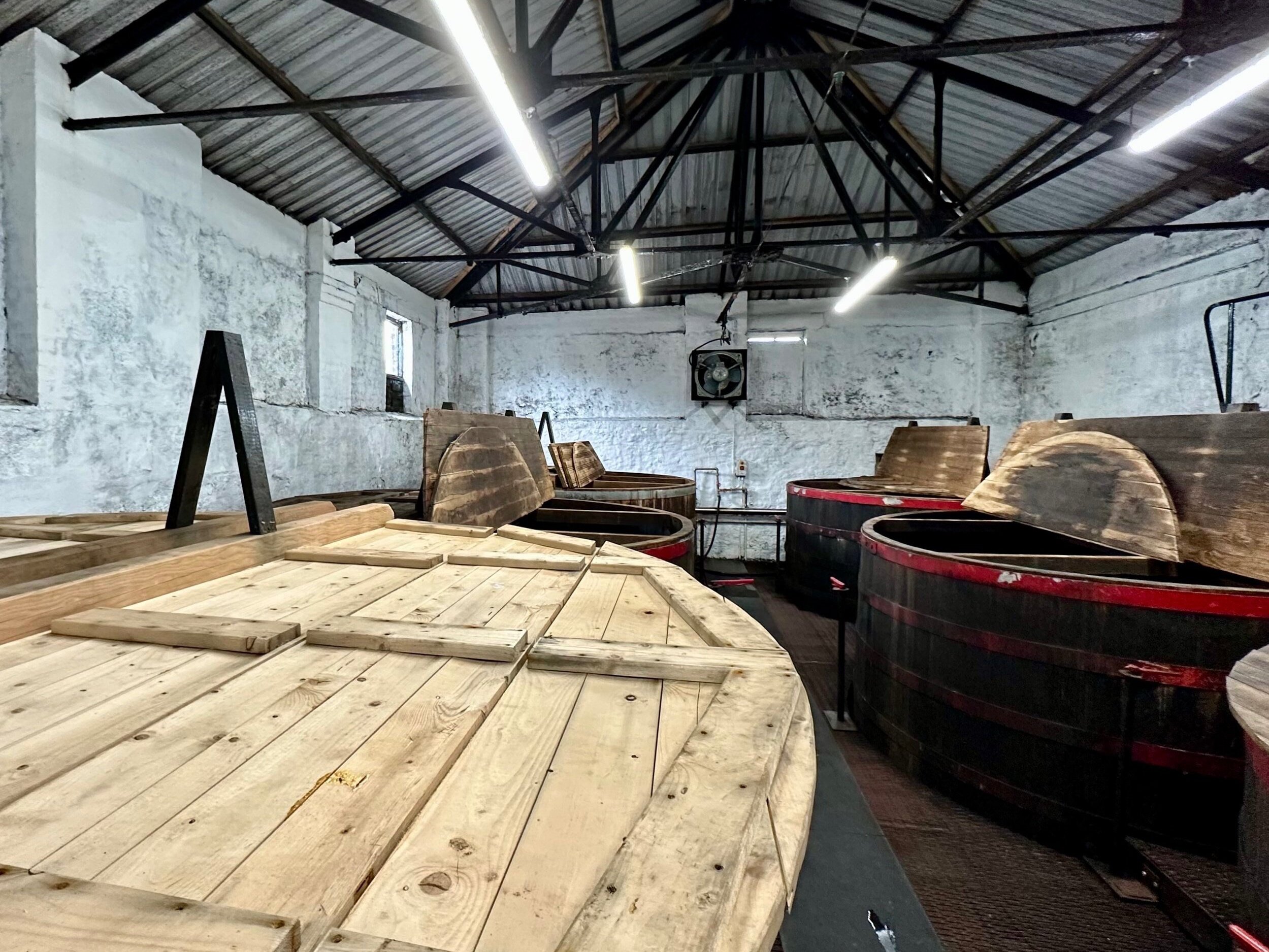Wood in Scotch Whisky Production: Beyond Just Barrels and Casks
In the realm of Scotch whisky, the magic lies not only in the ingredients but also in the equipment, especially wood. Often underrated, wood's contribution to whisky transcends well beyond the maturation phase. Its shapes the distinct flavors and character of every special whisky, including sought-after single malts and private cask selections. In the next few articles, we will into the multifaceted role of wood in whisky production, unraveling how it influences everything from equipment choice to the final taste profile of your favorite dram.
Stay tuned as we explore the various aspects of wood in whisky making beyond casks and barrels, a journey that will enhance your appreciation of this exquisite spirit.
The Integral Role of Wood in Whisky Equipment
Washbacks: Tradition Vs Innovation
In the world of Scotch whisky, the choice of material for washbacks, often larch or pine, isn't just about tradition; it's a decision that impacts the final product. These wooden vessels host a crucial stage where sweet wort mingles with yeast, embarking on a transformation into alcohol and carbon dioxide. This process is pivotal in defining the character of special whisky and single malts. Distilleries like Bowmore, Glenrothes, and Springbank, celebrated for their highly acclaimed status, continue to favor wooden equipment for this very reason. On the other hand, some distilleries opt for steel washbacks, citing consistent results and easier maintenance. On the other hand, aficionados argue that the nuanced flavors and temperature control afforded by wood play a significant role in crafting distillery specific character.
Wooden Washbacks at the Springbank Distillery, Campbeltown, Scotland
Wood's Influence on Flavor and Temperature
The debate between wooden and steel washbacks is more than a matter of preference. Wooden washbacks demand rigorous cleaning to prevent bacterial growth, but many believe this effort is well worth it. The wood, along with the microflora residing in its pores, is thought to add subtle yet distinct flavors during the wort's fermentation. Additionally, wood's poor heat conductivity aids in maintaining a cooler environment for the fermenting grain, a factor that subtly alters the flavor profile. This attention to detail is what sets apart a special whisky, making it more than just a drink but an experience.
Washback cleaning at Bruichladdich Distillery, Islay, Scotland
The Revival of Traditional Techniques
Worm Tub Condensers: A Nod to History
While modern distilleries have largely shifted to shell and tube condensers for efficiency, the traditional wooden worm tub condensers hold a special place in the hearts of whisky purists. These classic condensers, known for their complex maintenance but cherished for the character they impart, are still used by top-tier distilleries. For instance, Brora, a legendary distillery that reopened in 2021, reconstructed a wooden worm tub based on historical designs. This commitment to authenticity reflects a dedication to preserving the intricate flavors and qualities that aficionados seek in a private cask or single malt Scotch whisky.
Balancing Efficiency with Character
The choice between wooden and modern condensers symbolizes the balance between efficiency and character. Wooden worm tubs, though less efficient compared to steel ones for ease of repair and maintenance, are believed to contribute to the depth and richness of the spirit's flavor. This blend of tradition and innovation is what makes Scotch whisky, especially special and private cask varieties, stand out in the world of spirits. It's a testament to the industry's respect for history while embracing the future.
A model of a traditional worm tub, Scotland
Summary: Flavor Beyond Years in Casks and Barrels
In summary, wood is an indispensable element in the production of Scotch whisky, deeply influencing its character and quality. It plays a pivotal role in whisky equipment, from traditional washbacks to the worm tub condensers, each contributing uniquely to the flavor and character of the whisky.
Look out for this space as we continue our journey on wood and whisky, and sign up to our newsletter so you never miss an update with Drinks Reimagined.
The wort fermenting in wooden washbacks at Bruichladdich, Islay, Scotland




